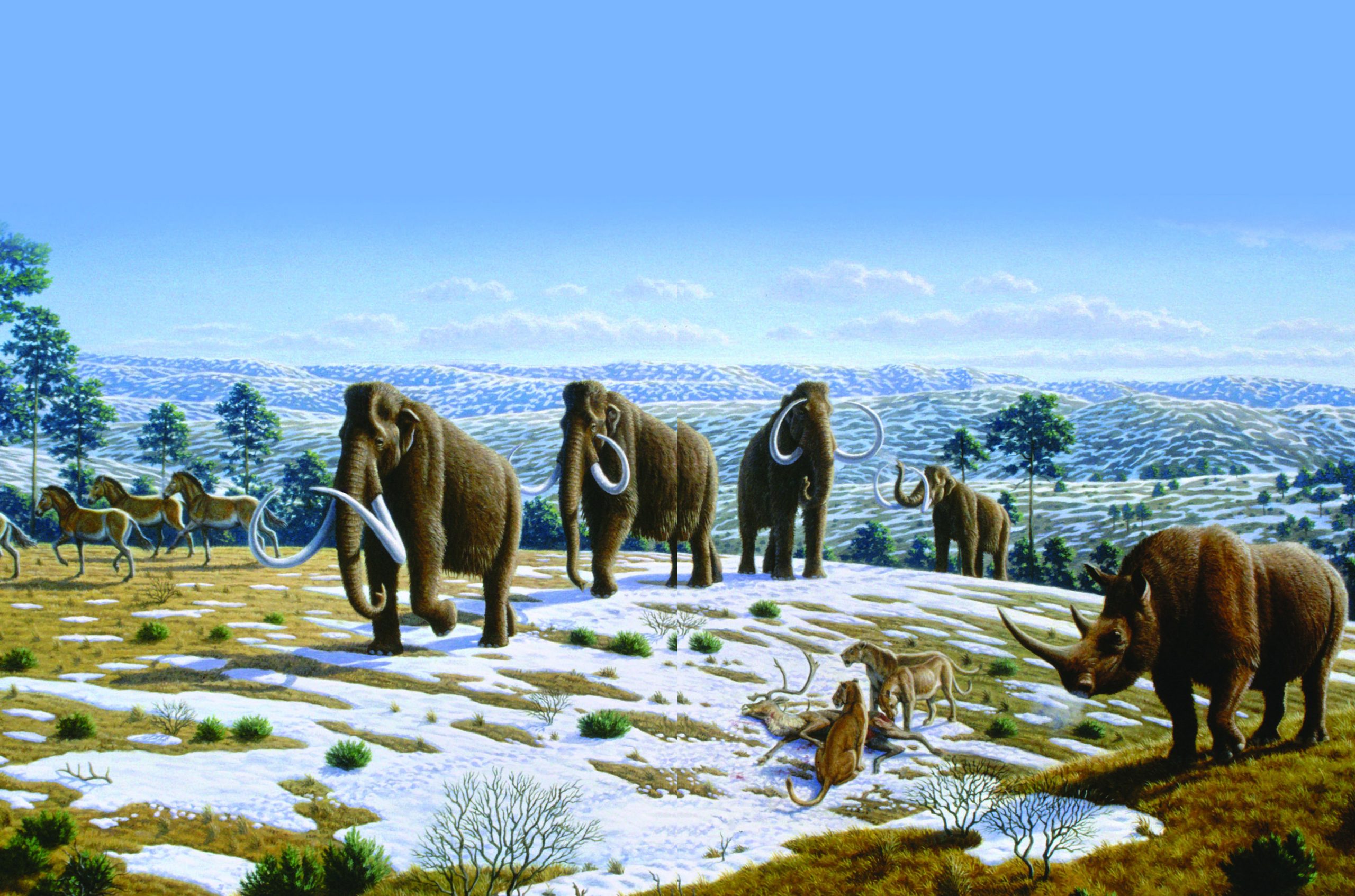
The Quaternary (2.58 million years to present) is the most recent period in Earth history. Climate has alternated between cold glacial and warmer interglacial conditions throughout this period. We are currently living in an interglacial — the Holocene — that began just over 11,700 years ago. During glacials, large ice sheets developed in the high middle latitudes of the northern hemisphere, and global sea levels fell. They were more than 120 m lower than today at the last glacial maximum.
Figure 1 shows Europe under typical glacial and interglacial conditions. The shift from one state to another involved continentalscale ecological upheavals. During glacial stages, there were few trees north of the Alps and the steppe tundra was the domain of woolly mammoths and other large herbivores. At the end of glacials, as the climate warmed, trees migrated northwards from the Mediterranean mountains. Geomorphologists working in the Alps in the early twentieth century found evidence of four glacials and four interglacials during the Quaternary.
Your organisation does not have access to this article.
Sign up today to give your students the edge they need to achieve their best grades with subject expertise
Subscribe




